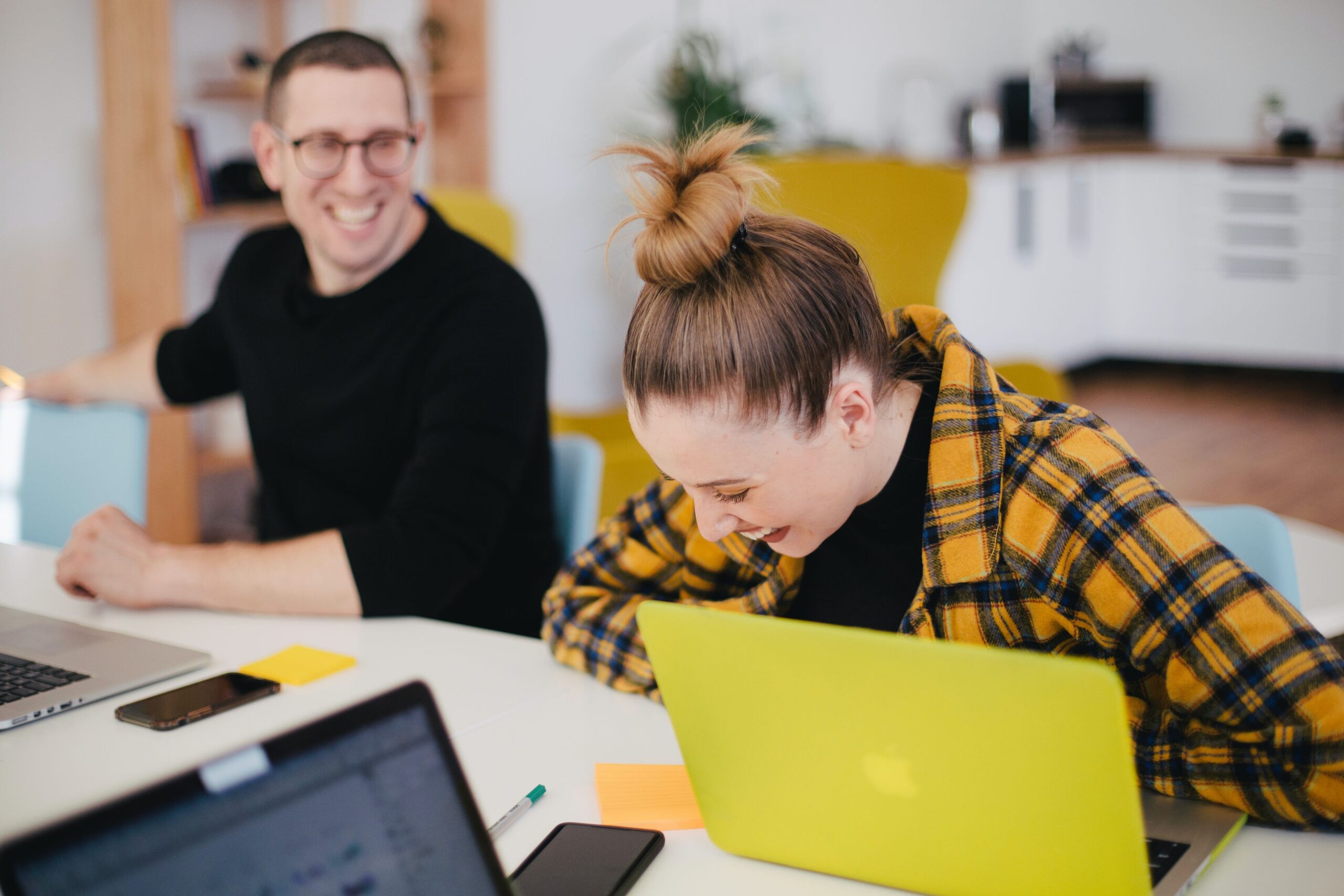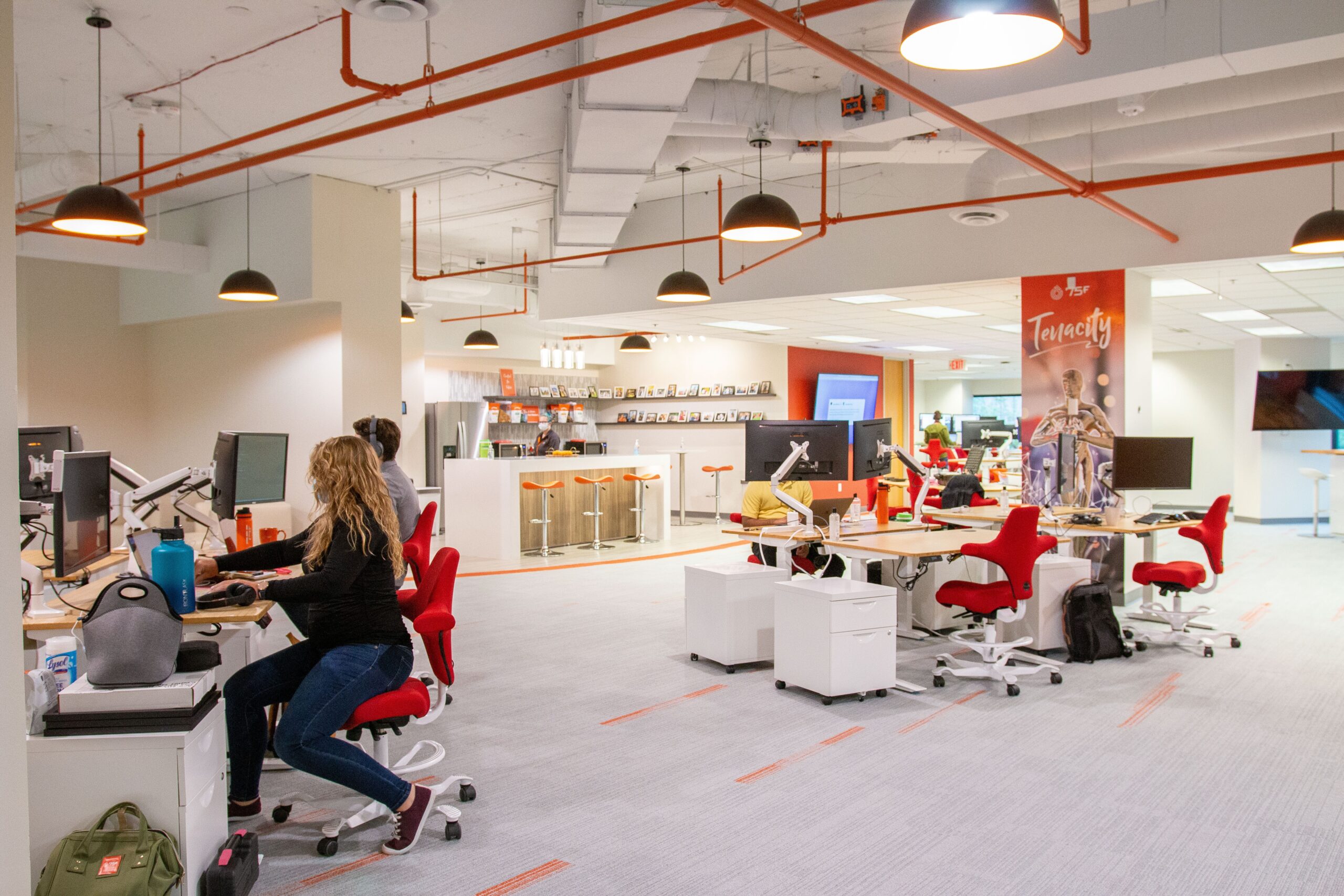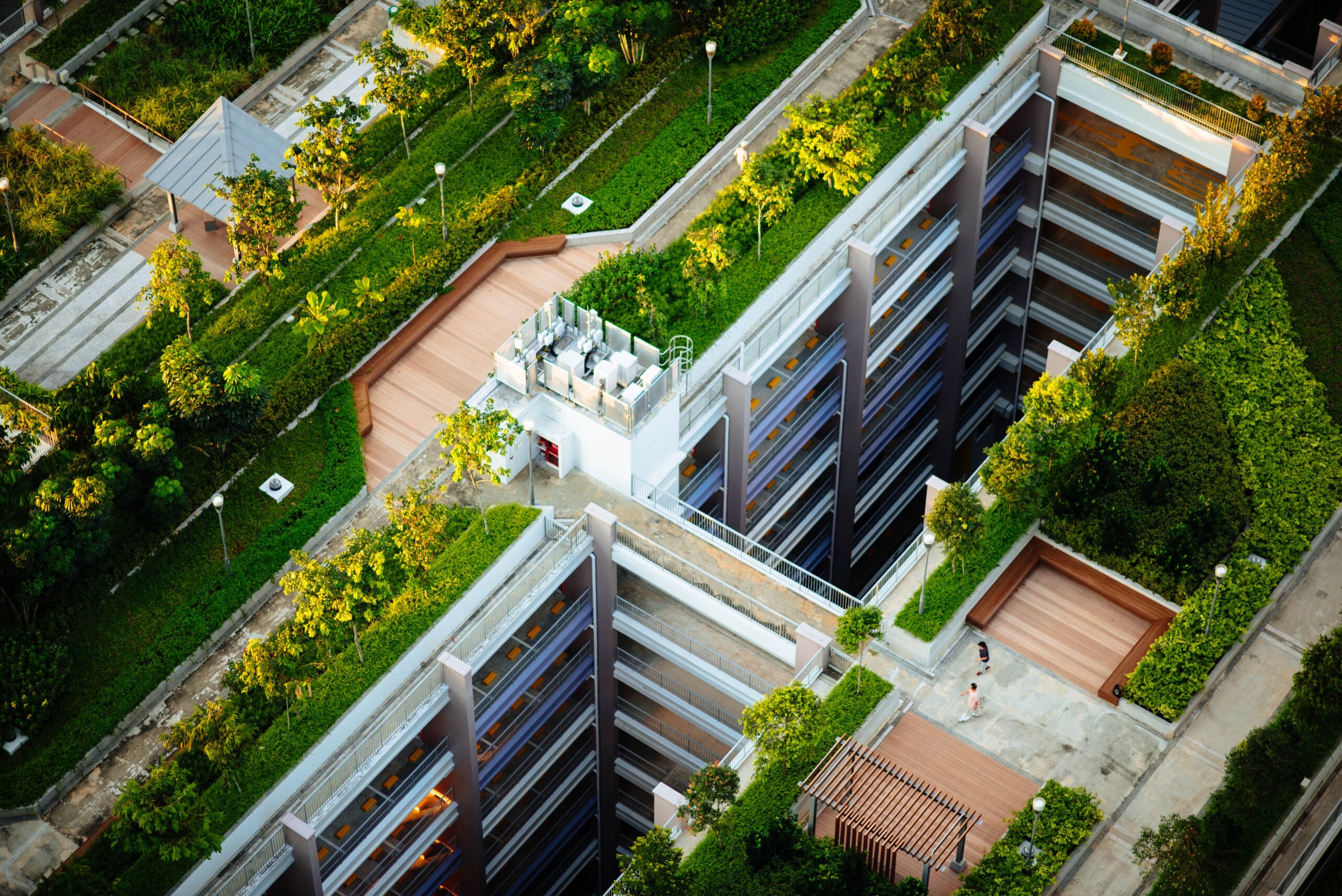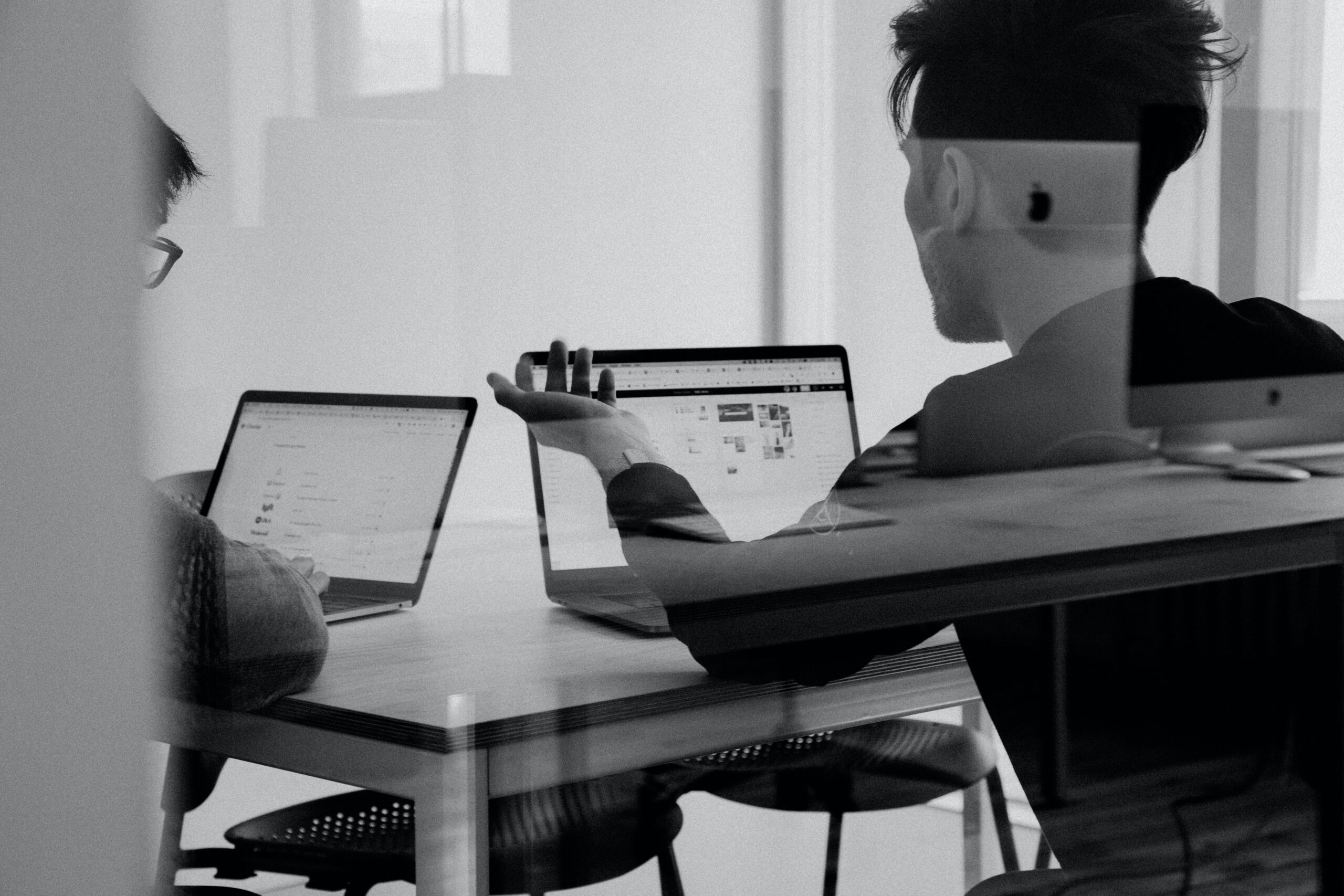Our world is changing faster than ever, and after experiencing a complete shift in normality that came in the form of COVID-19, workplaces have had to completely adjust their designs – and they’re not stopping there! Although it would be nice to have a teleportation device or two to avoid the dreaded office commute, we have to be realistic. From smart offices to napping pods, this is our list of what we expect the future of office design to look like.
The ‘smart office’

With the hybrid model dubbed the new way of working, offices have had to adapt for those working from home. After a rise in popularity experienced by the likes of collaborative applications, such as Slack, Microsoft Teams and Zoom, it’s highly likely that this technology will continue to advance at an alarming rate, allowing for heightened workplace flexibility. As office design becomes ‘smarter’, the introduction of advanced biometric technology like thumbprint scanning, facial recognition and retina scanning could become mandatory – so expect to feel like you’re in a futuristic sci-fi film at some point!
Of course, working purely behind a screen does come with its limitations. Modern technology aims to combat this through the introduction of virtual meeting software, such as MeetinVR. This high-tech software improves communication between team members, customers and clients, using virtual reality to engage in anything from meetings to brainstorming sessions and workshops.
Health and wellbeing

The modern workspace now alters its design to optimise employee mental health, as we see the emergence of the office game station, chilled relaxation rooms, and even nap pods for catching some z’s – who would’ve thought?!
Ultimately, a business that encourages its staff to adopt mindfulness techniques is more likely to boost overall happiness in the workplace, as stress levels plummet. Employers are still waking up to the importance of work-life balance, so creating a restorative workplace that accommodates its employees wants and needs is guaranteed to improve overall performance.
A survey conducted in the US by Staples revealed that 48% of employees would take a 10% pay cut that cares more for their health and wellness. Not only this, a massive 78% believe that their employers have a responsibility to help them stay mentally and physically fit. To design a workplace centred on comfort, take a look into ergonomic furniture, such as the sit-stand desk or posture chairs that reverse the damaging effects of sitting for long periods of time.
Open plan office

Say hello to the open plan office, and goodbye to the days of cramped cubicles. This forward-thinking design has become increasingly popular in recent times, as employers aim to increase workplace collaboration and social interactions. Prioritising places like meeting rooms and breakout areas that enable people to come together boosts productivity and motivation, whilst allowing business owners to create a company culture powered by office buzz. Providing an added degree of flexibility through establishing work zones is also beneficial, as allowing employees to choose where they work allows them to regain feelings of power and control.
Sustainable office design

As a society, we are slowly but surely becoming more eco-conscious, and adapting our offices to be more ‘green’. Sustainability is all about thinking carefully about the decisions we make, considering the impact they will have on future generations. In terms of office design, it’s about making the most out of your available resources and creating a space that is built on efficiency.
An eco-friendly and sustainable office also comes with plenty of health benefits, such as upping employee happiness, boosting concentration and improving air quality. By incorporating greenery into your workspace (whether this be in the form of a desk succulent or plant wall), you’ll be able to watch your office slowly come back to life – quite literally.
Take Facebook’s office design as an example; their impressive Menlo Park truly embraces the natural environment, offering a nine-acre green roof that homes 400 trees and over 100,000 native plants. These act as natural insulators, and by making use of the natural light, energy costs are significantly reduced.
Enhancing cognitive function

Designing a workplace that maximises productivity will continue to be a running theme, as people get more creative with their spaces to adapt to individual working styles. Collaborative spaces, such as office break out zones and private meeting pods, allow employees to either engage in a high-energy brainstorming session, or they can take a break from the bustle of the office in their own privacy. After research has revealed that taking microbreaks reboot the brain, these spaces are likely to become more of a necessity than a novelty. Who knows what else future research could unlock?
Stay ahead of the times and get on board with these future trends now! If you’re looking to redesign your office, get in touch with our team of professionals.
